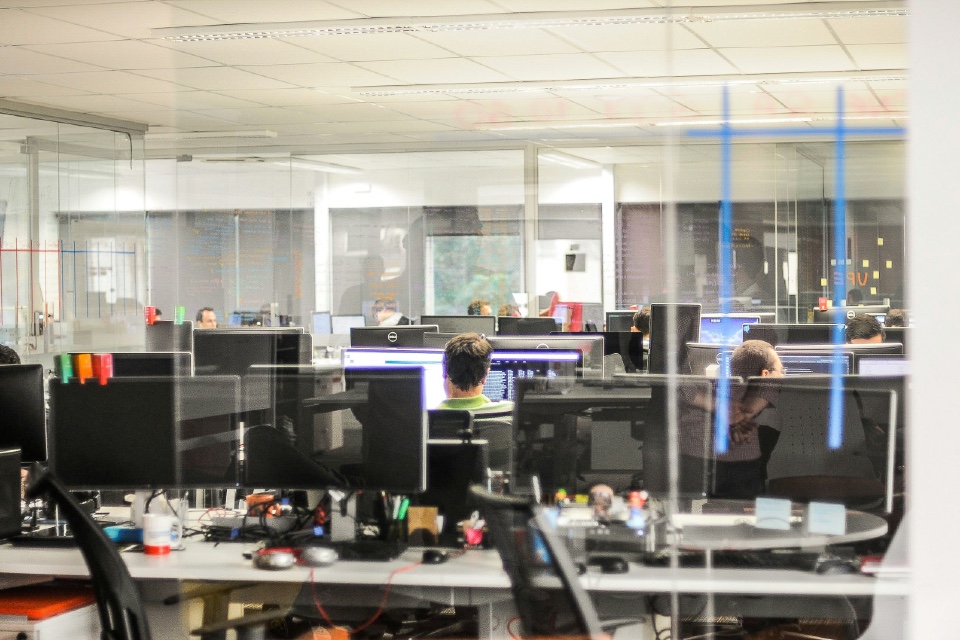With cloud adoption, cloud-native application architectures, and cybersecurity threats on the rise, the biggest driver for observability in the UK was an increased focus on security, governance, risk and compliance.
That’s according to New Relic’s second annual study on the state of observability, which surveyed 1,600+ practitioners and IT decision-makers across 14 regions.
Nearly three-quarters of respondents said C-suite executives in their organisation are advocates of observability, and more than three-quarters of respondents (78%) saw observability as a key enabler for achieving core business goals, which implies that observability has become a board-level imperative.
he report also reveals the technologies they believe will drive further need for observability and the benefits of adopting an observability practice. For example, of those who had mature observability practices, 100% indicated that observability improves revenue retention by deepening their understanding of customer behaviors compared to the 34% whose practices were less mature.
According to the research, organizations today monitor their technology stacks with a patchwork of tools. At the same time, respondents indicated they longed for simplicity, integration, seamlessness, and more efficient ways to complete high-value projects. Moreover, as organizations race to embrace technologies like blockchain, edge computing, and 5G to deliver optimal customer experiences, observability supports more manageable deployment to help drive innovation, uptime, and reliability. The 2022 Observability Forecast found:
- Only 27% had achieved full-stack observability by the report’s definition – the ability to see everything in the tech stack that could affect the customer experience. Just 5% had a mature observability practice by the report’s definition.
- A third (33%) of respondents said they still primarily detect outages manually or from complaints, and most (82%) used four or more tools to monitor the health of their systems.
- More than half (52%) of respondents said they experience high-business-impact outages once per week or more, and 29% said they take more than an hour to resolve those outages.
- Just 7% said their telemetry data is entirely unified (in one place), and only 13% said the visualization or dashboarding of that data is entirely unified.
- Almost half (47%) said they prefer a single, consolidated observability platform.
- Respondents predicted their organizations will most need observability for artificial intelligence (AI), the Internet of Things (IoT), and business applications in the next three years.
“Today, many organizations make do with a patchwork of tools that require extensive manual effort to provide fragmented views of their technology stacks,” said Peter Pezaris, SVP, Strategy and User Experience at New Relic. “Now that full-stack observability has become mission critical to modern businesses, the Observability Forecast shows that teams are striving to achieve such a view so that they can build, deploy, and run great software that powers optimal digital experiences.”





